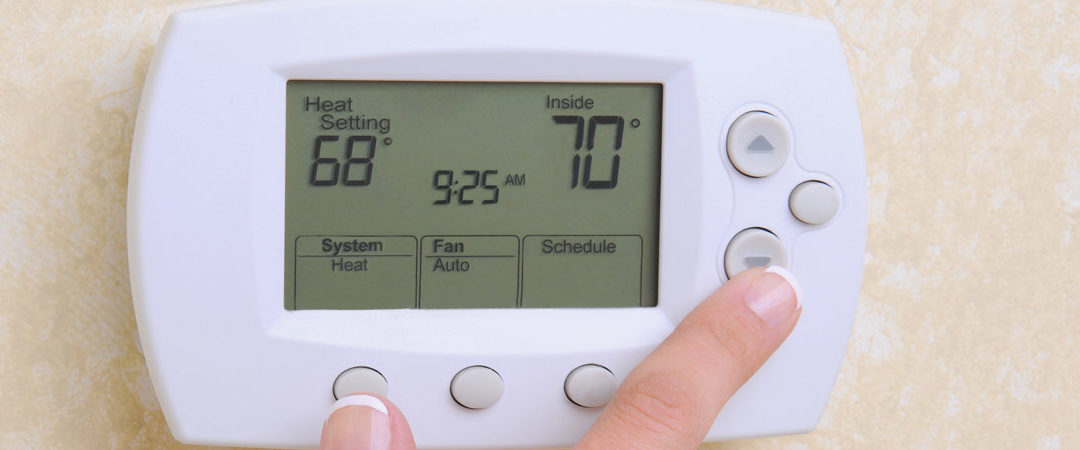Here is a Terrific article compliments of Home Care Buzz regarding “Spring Maintenance for Your Air Conditioner”.
When it comes to preparing for warmer months, taking care of certain tasks helps you avoid aggravations like the air conditioner sputtering out on the hottest day of the summer. Regular maintenance of your air conditioning system can help keep it running cool, and keep Murphy’s Law at bay.
Get Your AC Ready for Summer Now
While many homeowners hire a professional to maintain their central air conditioner system, if you’re the DIY type, here are a few steps you can take right now to help your air conditioner keep its cool.
1. Check the Air Filter
A neglected air filter can become clogged with unwanted contaminants, which reduces air flow, makes your air conditioner less efficient, and can lead to poor or harmful air quality in your home. Your air conditioner filter should be cleaned on a regular basis; up to monthly in heavy-use seasons.
If you haven’t done so already, locate, remove, and clean or replace your system’s air filter.
Where is Your AC Filter?
Most central air conditioning systems have two main components: an outdoor unit, called a condenser, and an indoor unit (either an air handler unit or a furnace). Most indoor units are built with the air filter placed inside the blower area, or in a ceiling return’s air grille. Alternatively, some garage and basement air conditioner or HVAC units locate the air filter near the bottom of the blower area.
What Type of Air Filter Do You Have?
Filters with a paper or cardboard frame are disposable, while those with a plastic or metal frame are typically reusable.
Replace or Clean the Air Filter
Inspect the filter closely upon removal. Is it noticeably gray? Can you see dirt and dust built up? If so, replace or clean your filter.
To clean a resuable filter, fill a tub with equal parts water and vinegar and submerge the filter in the solution. Soak for one to four hours depending on how long it’s been since it was last cleaned. Remove the filter without rinsing it and place on a towel in a sunny area until thoroughly dry. An air conditioner filter should be cleaned on a regular basis; monthly in heavy-use seasons.
2. Check the Condensate Drain Line
When your air conditioner is working properly, the pumping of cold air causes condensation to build up. This water drains into a pan and through tubing that leads outside via the condensate drain line. The condensate drain line for most central air conditioner units and systems will be outside your home, usually near the condenser unit, although some indoor units may be set up to drain into plumbing. (Typically, this drain line is made of PVC pipe.) Inspect the drain line and visually check that it is not restricted from flowing freely by vegetation or other potential blockers.
Clear the Drain Line Regularly
Gunk, algae, and sometimes mold, can build up over time and clog an air conditioner’s drain line, which can cause the drain pan to overflow. To help prevent this from happening, which can lead to water damage to the system and your home, periodically clear the drain line. (Most professional HVAC services recommend a clean out once per year in the springtime.) You can try clearing a clogged line using a wet-dry vacuum, or with a vinegar solution. If you are not comfortable trying to clear a clogged line, contact a local professional.
Tip: Adding a float switch to your air conditioner unit can help prevent damage from water leaks. The switch shuts down the air conditioner unit automatically if it overflows with water.


